Rifles by countries and continents. Rifles heirs of the Vikings. Continued (part of 15)
Gevär fm1881 - Yarman system magazine rifle (Army Museum, Stockholm)
And before the "gait", the Norwegian army fired a rifle from the Yarman system of the 1884 model of the year, developed back in 1878. "Yarman" - this is the first rifle with a rotary sliding bolt, adopted in service in Norway and, moreover, its own development. Prior to this, the weapons of the Norwegian army were quite variegated. Wetterly, Winchester, Hotchkiss rifles and early models of Remington Lee were used. Even the German Mauser M71 / 84 rifles and early samples of Kropachek rifles and those got here, on the rocky, rugged fjords of the northern coast of Europe.
Yarman rifle with one of the bayonet samples.
In fact, armed with all these variegated weapons the Norwegian army at that time was something like a militia - a position intolerable for any self-respecting country. But it just so happened that the Norwegian engineer Jacob Smith Yarman understood this before everyone else, who designed his rifle, first for cartridges with black powder, and then for cartridges with smokeless ones. And his rifles were made not only for the Norwegian army, but also for neighboring Sweden. First of all, Yarman prepared a rifle of the 1884 model of the year for cartridges with black powder of the 10,15 mm caliber and with an eight-charge tubular magazine, which was located under the barrel, by analogy with the Winchester magazine. And at first a single-shot rifle entered service. The Norwegian military considered, however, this was not only the opinion of the Norwegian military, that if a rifle makes 15 shots per minute, then there will not be enough ammunition for it!
Yarman rifle device.
However, Yarman began not with a rifle, but from a cartridge. Any rifle is primarily a cartridge. So to his rifle, Yarman at the end of 1870-x and the beginning of 1880-s first developed a cartridge, which was approved by the joint Swedish-Norwegian commission in 1881, and then in 1884, it was put into service with a rifle.
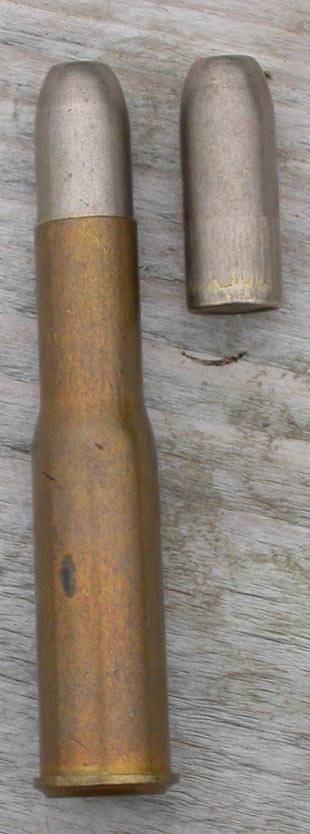
A cartridge and a bullet to the Yarman rifle.
Had a brass sleeve bottle with a prominent flange and capsule socket under the central battle cap. Black powder with a weight of 4,5 was used as a propellant. The sleeve also contained (traditional for cartridges of those years) a prodelnik of two cardboard circles, between which there was a mixture of fat and wax. He needed to lubricate the barrel of a rifle when fired and thereby reduce the leavening of the barrel. The bullet was a lead, blunt-shaped and with a groove in the bottom. As in the cartridge of the rifle Berdan, the bullet had a paper wrapper, which also reduced the leadening of the barrel. The mass of the bullet was 21,85 g, and when fired, it gained speed up to 500 m / s. When the cartridge was modernized, a bullet with a steel shell was adapted to it, and black powder was replaced with a ballistite, which informed it all the same speed in 500 m / s and energy 2350 J.
Yarman patron was in service for only seven years, after which they began to use the 6,5х55 cartridge for the “Swedish Mauser”. However, the supply of ammunition for nothing was not lost. A part was adapted for harpoon guns, and a part was sold as a hunting one. Now this cartridge is no longer available.
The bolt to the Yarman rifle.
The rifle had a simple straight-grip bolt in its rear end, and when reloading it turned up 45 degrees. The ejector was located on the top of the gate and was a simple springy metal plate. Weight - 4,5 kg.
Shutter device to the rifle Yarman.
The rifle was tested by a joint Norwegian-Swedish commission, and, as they say, it "seemed" to her. But since by this time quite a lot of magazine rifles had already appeared, it was expressed the wish to turn it into a “shop”. It was prepared several prototypes of rifles that had stores. Ole Hermann Johannes Krag - the creator of the Crag-Petersen rifle and the future creator of the Krag-Jørgensen rifle - developed two versions of the magazine for the Yarman rifle, one of which was almost identical to the one he later used on his future Crag-rifle Jorgensen. Jacob Yarman himself also made several variants of rifles, mainly with tubular magazines under the barrel or with removable magazines mounted on the side above the bolt. The latter was considered unsuitable by the military for use in military weapons, and in the end they chose a tubular store. By design, it was similar to the Kropachek rifle tubular store and, perhaps, served as its prototype, although it may well be that the “Krag-Petersen” rifle served as a “source of inspiration” for the designer.
From top to bottom: Krag-Jorgensen M1894 (civilian model with a telescopic sight), Krag-Petersen, Yarman M1884, Remington M1867 (Fram Museum, Oslo)
It should be noted here that no matter how perfect this design may be, it had one very serious and unavoidable drawback, typical of all rifles of this type. The combination of a tubular store and ammunition with a “central combat” capsule was too dangerous, especially when using cartridges with pointed bullets. In addition, the balance of weapons with each shot changed, which to some extent reflected on the accuracy of shooting.
Yarman rifle bolt handle.
The shutter handle of the carbine model 1886 g.
In addition, the rifle was also a very powerful bayonet weapon, because it had a straight neck of the box, convenient for a bayonet battle. The bayonet was very long and was a real T-shaped sword blade, similar to the bayonet from Gra's rifle, but only without a hook on the crosshair.
Aim.
The sight was calibrated from 200 to 1600 m. It was noted that the Yarman rifle was a remarkably accurate rifle for its time. In 1886, the combined Norwegian-Swedish commission, which chose it earlier, prepared a list of all rifles tested. And judging by this list, it is clear that the Yarman M1884 was significantly better than the other rifles tested. So it turned out that "Yarman" with its 10,15 mm bullet at a distance of 438 meters had the best accuracy among all the others. By this, he was very different from the Remington M1867, and also the Gra rifles. Even the Mauser rifle (presumably it was a Gewehr 1871) had a slightly worse accuracy rate.
It was on the Yarman rifle that the rather funny U-shaped shop of the Ludwig Lieove system was tested, arr. 1880, which was supposed to turn it into a shop with a minimum amount of rework, with better balancing compared to rifles with a barrel gantry. (Museum of Defense, Oslo)
The magazine was mounted on the bottom of the box, and the cartridges were fed by a spring through the hole on the right directly into the receiver when the shutter was moving. But ... the design was unsuccessful! (Museum of Defense, Oslo)
In total, at least 30 Yarman rifles were manufactured for the Norwegian army during the ten years between its adoption in 000 and the subsequent adoption of the Krag-Jorgensen rifle in 1884. Another 1894 were made at the same time for Swedish fleet. In the Norwegian army, she replaced the Remington M1867 rifle, and even then, when they replaced it with a more advanced rifle, they kept a part in warehouses. In 1905, when the threat of war between Norway and Sweden arose, these rifles were handed out to reserve soldiers. In the 1920s and 1930s, a number of rifles were either sold on the civilian market or converted into M28 harpoon guns. From the mid-1920s until the German invasion of Norway, civilians could buy rifles about a quarter of what a brand new Krag-Jorgensen would cost them. The price, as you can see, was quite reasonable, but they sold a little rifles. Then the idea arose to sell these guns and ammunition abroad. In 1929, about 5000 rifles were sold to some German company, but their fate was unknown. In 1936, King Ibn Saud from Saudi Arabia initiated negotiations on the purchase of 20 Yarman rifles with ammunition for his police, but the Norwegian parliament prevented the sale, arguing that the sale of such an outdated type of weapon would adversely affect the image of Norway.
Right view. (Museum of Defense, Oslo)
Here is what is written about this store in the book V.E. Markevich “Handguns” (Polygon, 1994. С.422) “Store in the form of a flat box along the length of the cartridge; he covers the gun from the bottom and from the sides in a semicircle. The left side of the store is closed, the right one is open and equipped with a special feeder (distributor). The box has a zigzag plate spring feeding the cartridges. The magazine fits 11 cartridges, the 12 is inserted into the barrel. You can fill the store in 15-20 seconds. You can make 12 shots in 24-35 seconds. Outside the store there is a button for retracting and locking the supply spring when loading, or when it is necessary to eliminate any delay. Shop weight - 380 grams.
The Liove shop had the same inconvenient shape as the former Tenner Russian store. The difference between the one and the other store was only in the details of the device, for example, at Tenner the feeding spring from the wire, from Liova from the plate, a slightly different distributor, and so on. In addition to the bulkiness and weight gain of the rifle, the Lio shop also required reworking the bolt grip, which was also expensive, so the store was rejected. ”
Left view. (Museum of Defense, Oslo)
In 1938, a private investor - Trygve G. Hygen, a former captain of the Norwegian army, caused a real international scandal, offering to sell Yarman rifles to Ceylon. The British Consulate General complained to the Norwegian government, pointing out that Ceylon is a British possession, so privately selling arms to this island is out of the question. The government of Norway declared “reprimand” to Hygen, after which he withdrew his proposal. He also offered to sell these rifles to Lithuania, Cuba, Nicaragua, and Bulgaria, as well as to Italy and the Netherlands, but all these attempts ended in nothing. It is believed that during the German occupation of Norway, the Germans destroyed the Yarman 21 000 rifles, as they were only fit for partisans.
To be continued ...
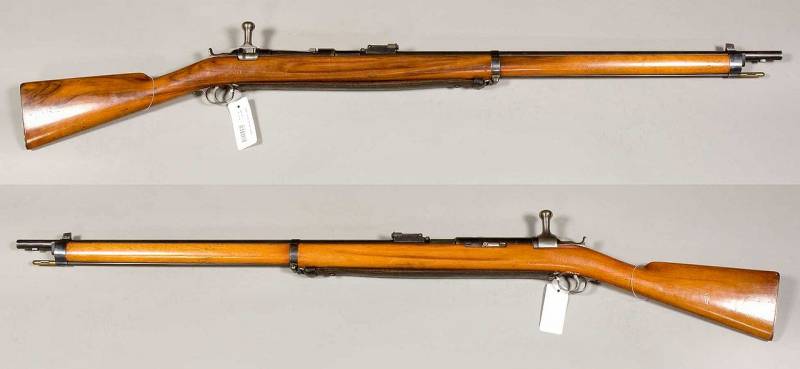

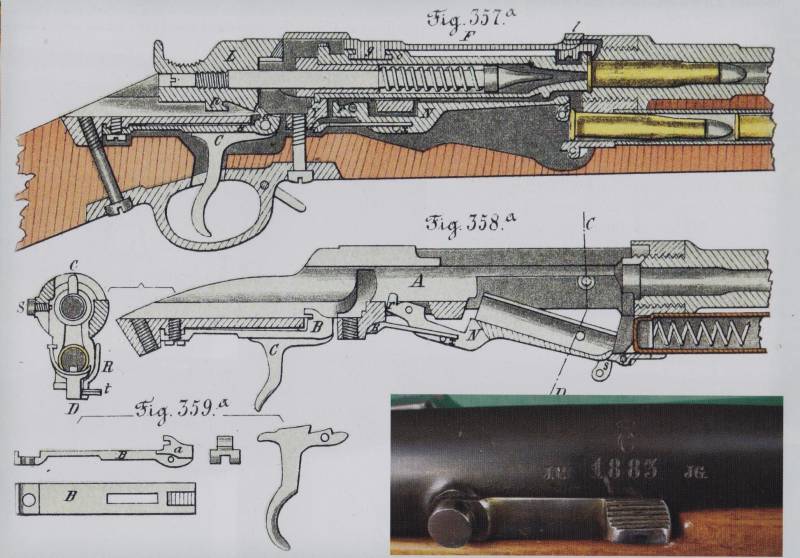
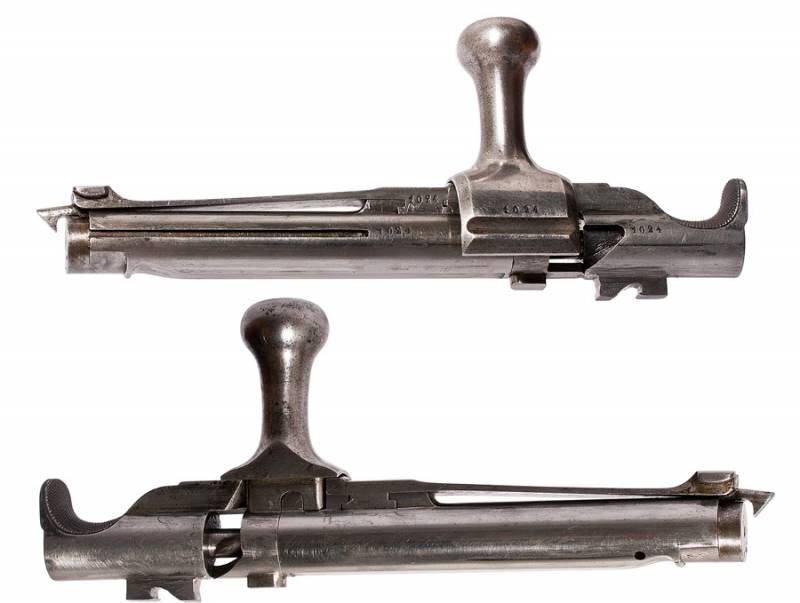
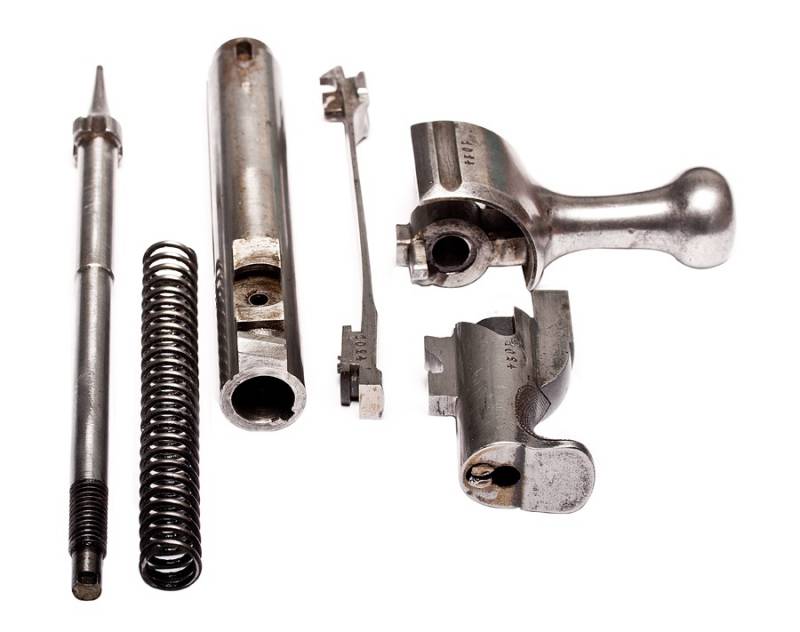
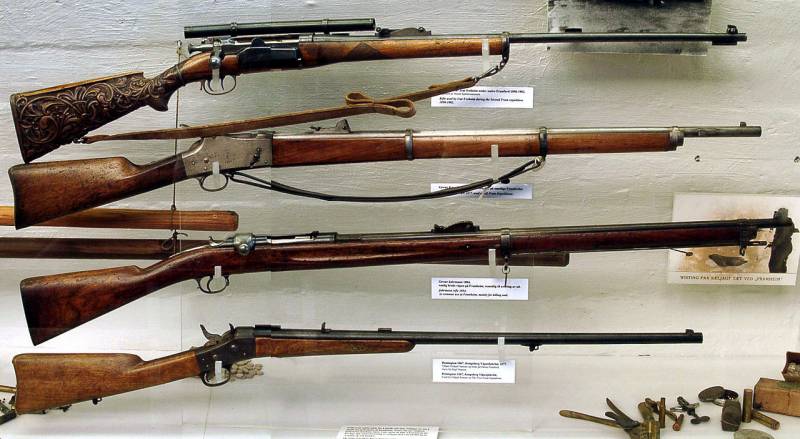
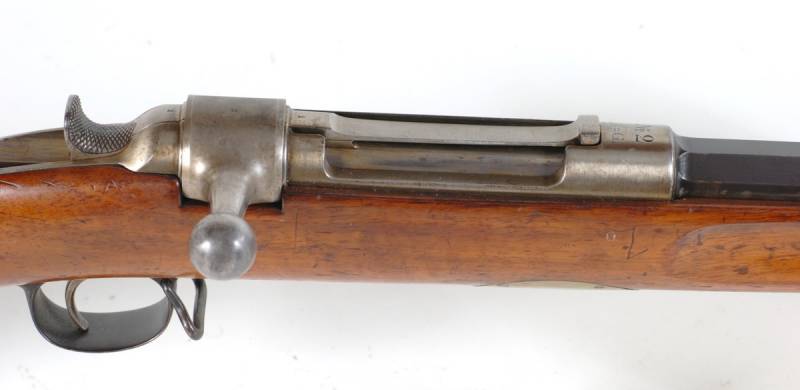
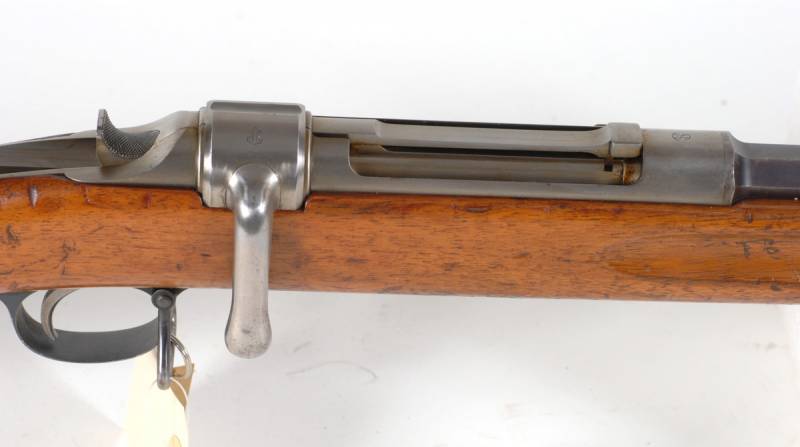
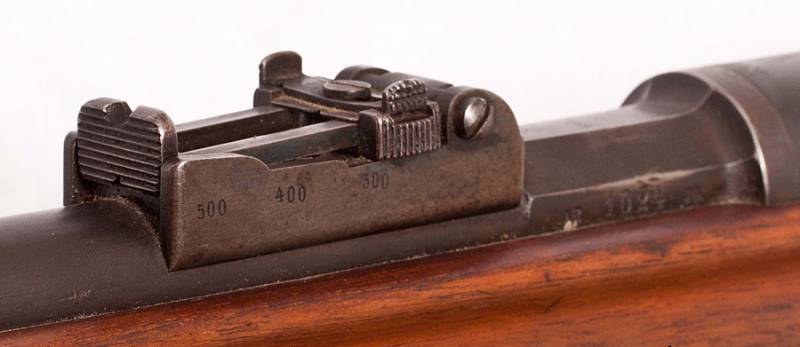


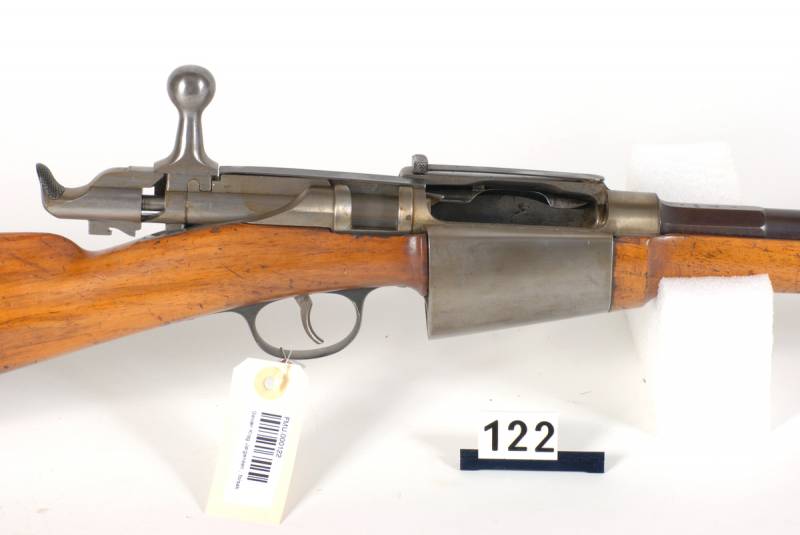
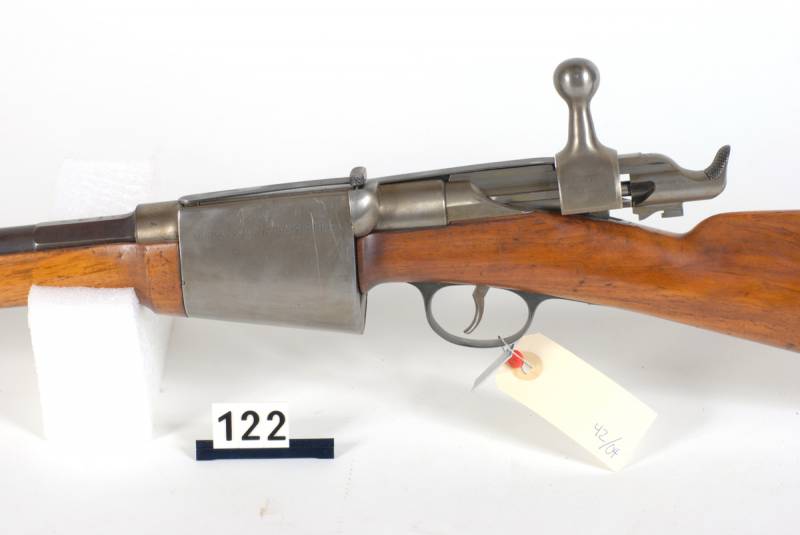
Information